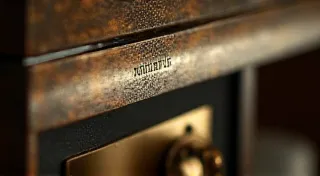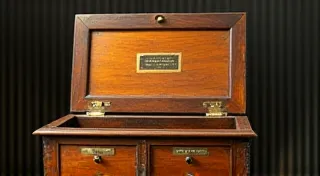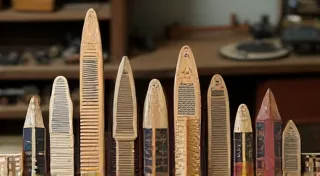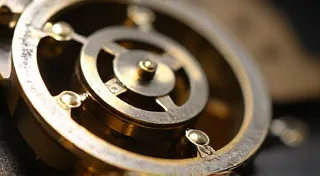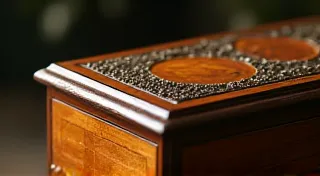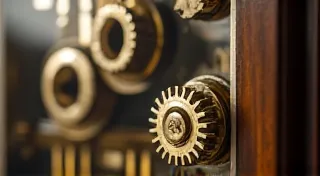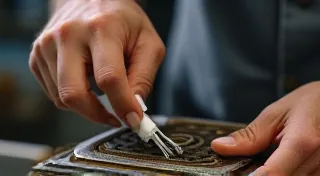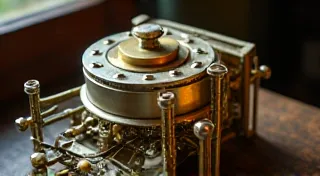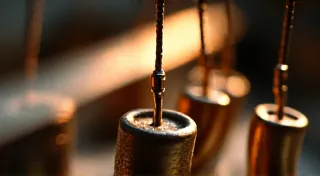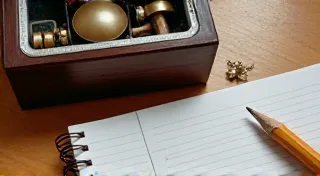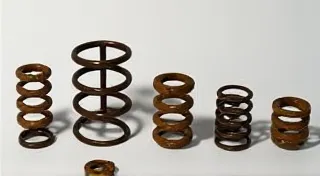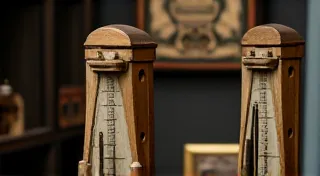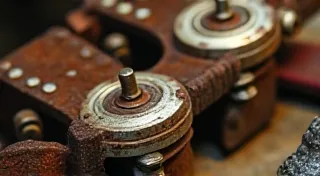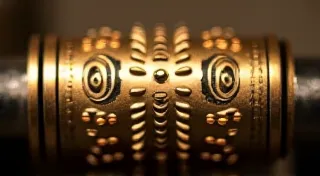Repairing Antique Music Boxes: A Comprehensive Guide
Welcome to the definitive online resource for anyone passionate about preserving and restoring the enchanting world of antique music boxes. These intricate mechanical marvels, once symbols of luxury and delight, often require careful attention and skilled repair to keep their melodies alive. Whether you're a seasoned horologist or a curious beginner, this website provides detailed repair guides, helpful resources, and a wealth of knowledge to guide you through every step of the process. We’re dedicated to ensuring these pieces of history continue to bring joy for generations to come, offering expertise in all areas of mechanical music.
The allure of a beautifully crafted vintage toy is undeniable, and music boxes represent some of the finest examples of early mechanical music ingenuity. They are more than just playthings; they are tangible links to the past, reflecting the artistry, craftsmanship, and technological advancements of their era. Owning a vintage toy like a music box provides a unique connection to a bygone era. But time, unfortunately, takes its toll. Broken springs, tarnished cases, and stiff mechanisms are common challenges for owners of these treasured items. That’s where we come in.
A Journey Through Music Box History and Identification
Before you even begin any repairs, understanding the history and origins of your music box is crucial. Knowing the manufacturer can provide valuable clues about its construction, common issues, and the types of materials used. Our guide, Identifying Music Box Brands: A Historical Overview, offers a fascinating look at the leading manufacturers, their distinctive features, and the evolution of music box design, showcasing the development of mechanical music technology. Learning to identify the brand can even reveal details about the vintage toy's original cost and desirability.
The complexity of these machines can be overwhelming, but don’t be discouraged! We’re here to demystify the process, breaking down complex repairs into manageable steps. This website focuses not only on the functional aspects of repair but also on the aesthetic considerations that are essential to preserving the original character and value of these antique treasures, often boosting the appeal of a cherished vintage toy.
Cosmetic Restoration: Bringing Back the Beauty
Many antique music boxes suffer from cosmetic damage. The cases, often crafted from exquisite wood, metal, or enamel, can become scratched, tarnished, or dulled with age. While the mechanical repairs are vital for the music to play, the visual appeal is just as important. Restoring the case is about more than just making it look presentable; it’s about respecting the artistry of the original maker. Our article, The Art of Music Box Case Restoration: Wood, Metal, and Decoration, explores the techniques for restoring wood, metal, and decorative finishes, offering guidance on everything from polishing to re-gilding – a key step in restoring a valuable vintage toy.
Delving into the Mechanics: Common Repair Procedures
Let’s move on to the heart of the music box: the movement itself. This intricate assembly of gears, combs, cylinders, and springs is what creates the mesmerizing melodies. A thorough understanding of how these components interact is essential for successful repair. The music box movement is a delicate ecosystem, and any intervention needs to be performed with care and precision. This website covers a wide range of mechanical issues, offering practical advice and detailed instructions. Whether you’re restoring a simple trinket or a complex automaton, understanding these principles is essential for preserving vintage toys, and appreciating the evolution of mechanical music.
One of the most frequent challenges is dealing with the music box comb, the key to the beautiful sounds. Over time, these combs can become stiff, out of tune, or even damaged. Our guide, Music Box Comb Repair: Troubleshooting and Re-Tuning, provides expert advice on diagnosing comb problems and restoring them to their original pitch.
Disassembly and reassembly are fundamental skills for any music box repairer. The process requires patience, a steady hand, and a logical approach. Our guide, Common Music Box Disassembly and Reassembly Techniques, provides a step-by-step walkthrough of the typical procedures, highlighting the potential pitfalls and offering helpful tips.
The escapement, a critical component that regulates the movement’s speed, is another common source of problems. Dealing with broken or missing escapements requires specialized knowledge and careful attention to detail. Our article, Dealing With Broken or Missing Music Box Escapements, provides detailed instructions on identifying, repairing, and replacing these essential parts. Ensuring the proper functioning of the escapement contributes to the overall value and collectibility of a vintage toy.
Finding Parts and Resources: A Repairer's Toolkit
Repairing an antique music box often requires specialized parts and resources. Finding these can be a challenge, but it’s not impossible. Our guide, Finding Parts and Resources for Antique Music Box Repair, lists reputable suppliers and provides helpful tips for sourcing hard-to-find components. Whether you’re working on a cherished family heirloom or a valuable vintage toy, having the right tools and parts is crucial.
Fine-Tuning and Troubleshooting: Advanced Techniques
Beyond the basics, there are several advanced techniques that can significantly improve the performance of your music box. Understanding and Replacing Music Box Pins is vital for ensuring accurate note reproduction. Our detailed guide, Understanding and Replacing Music Box Pins, offers comprehensive instructions on identifying, repairing, and replacing these small but crucial components.
Sometimes, an antique music box plays too fast or too slow. Correcting music box tempo issues requires a precise understanding of the escapement mechanism. Our guide, Identifying and Correcting Music Box Tempo Issues, provides detailed instructions on diagnosing and adjusting the tempo to achieve the desired speed, contributing to a richer mechanical music experience.
The appearance of rust or corrosion can be devastating to an antique music box. Our article, Dealing with Rust and Corrosion on Music Box Mechanisms, provides techniques and advice on removing rust and corrosion from the mechanisms.
Documentation and Preservation: A Record of the Repair
Whenever you undertake a music box repair, it’s essential to maintain thorough documentation. The importance of documentation when repairing antique music boxes cannot be overstated. Our guide, The Importance of Documentation When Repairing Antique Music Boxes, explains why detailed records are invaluable, providing guidance on what to document and how to organize your findings. Careful preservation contributes to the lasting appeal of vintage toys.
Finally, the springs within the music box are essential for the functionality of the machine, and music box spring repair can be challenging. Our detailed guide, Music Box Spring Repair: Balancing and Replacement, provides expert guidance on balancing and replacing these often delicate components.
We hope you find this website a valuable resource in your antique music box repair journey. Enjoy the challenge, respect the history, and cherish the music!
Exploring Other Forms of Mechanical Music
While music boxes are a central focus, the world of mechanical music extends far beyond. Discover the fascinating history and operation of other devices like automatons, stereographs, and orchestrions.
